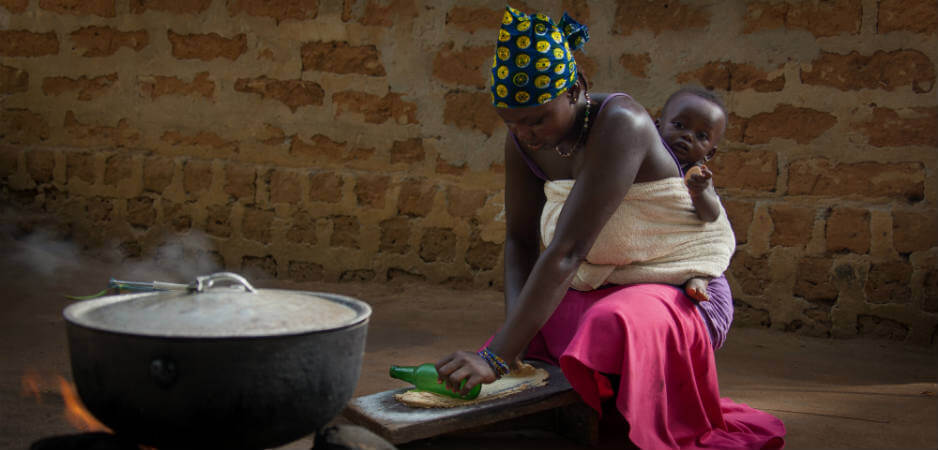Extreme poverty rates continue to fall, but the current conditions might prove more difficult to overcome.
As of 2015, the World Bank designates anyone surviving on less than $1.90 a day as living in extreme poverty. Based on estimates from 2013, 10% of the world’s population was living under this line, a massive drop from the 35% in 1990 or the 1 billion living in extreme poverty in 2011, when the line was set at $1.25.
According to a 2002 study, extreme poverty was the norm for anyone but the select few in the early 19th century, but poverty rates continued to steadily drop over the next two centuries as a result of economic progress. Absolute poverty has decreased faster in the past three decades than any time on record, with more than a billion people lifted from extreme poverty since 1990 alone.
This massive shift is mostly due to a change of conditions in just two countries. Whereas in the early 1980s China saw poverty rates of nearly 90% and India of more than 50%, today over half of the world’s poor live in Sub-Saharan Africa. Although the number of those living in extreme poverty in the region fell from 54% in 1990 to 41% in 2013, a population boom brought the total number of those under the poverty line to nearly 400 million.
With Africa’s population expected to continue to rise in the coming decades, it is unlikely that an equivalent of the Asian miracle will take place on the continent. In the video featured above, The Economist looks at why the current poverty crisis will be harder to overcome.
The views expressed in this article are the author’s own and do not necessarily reflect Fair Observer’s editorial policy.
Photo Credit: robertonencini / Shutterstock.com
Support Fair Observer
We rely on your support for our independence, diversity and quality.
For more than 10 years, Fair Observer has been free, fair and independent. No billionaire owns us, no advertisers control us. We are a reader-supported nonprofit. Unlike many other publications, we keep our content free for readers regardless of where they live or whether they can afford to pay. We have no paywalls and no ads.
In the post-truth era of fake news, echo chambers and filter bubbles, we publish a plurality of perspectives from around the world. Anyone can publish with us, but everyone goes through a rigorous editorial process. So, you get fact-checked, well-reasoned content instead of noise.
We publish 2,500+ voices from 90+ countries. We also conduct education and training programs
on subjects ranging from digital media and journalism to writing and critical thinking. This
doesn’t come cheap. Servers, editors, trainers and web developers cost
money.
Please consider supporting us on a regular basis as a recurring donor or a
sustaining member.
Will you support FO’s journalism?
We rely on your support for our independence, diversity and quality.






